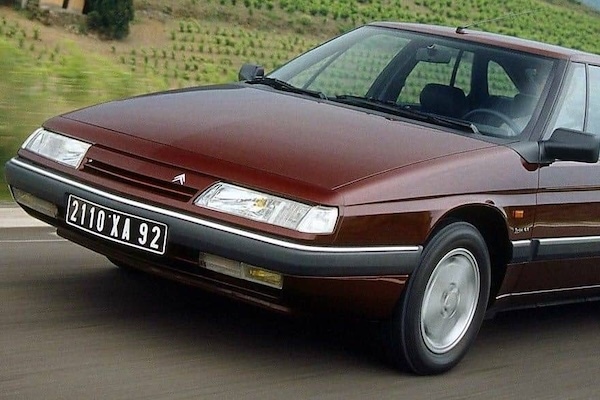Engineers use futuristic car designs as a showcase of their capabilities. These concepts provide a sneak peek into what's ahead and offer solutions even before the vehicle goes into mass production.
Regarding such innovations, the PSA group member Citroën has shown some reservations. It wasn't a matter of lacking imagination or funds to craft these splendid vehicles. Rather, it's because Citroën frequently incorporated these avant-garde ideas into models set for mainstream release. Yet, with the Citroën Activa, things took a different turn.
Aiming to Redefine Modern Car Manufacturing
Die-hard Citroën fans can instantly pinpoint its three defining characteristics: a distinct design, superior comfort, and technological innovation. The latter has propelled Citroën's reputation from its inception.
Among Citroën's groundbreaking inventions stands the hydropneumatic suspension. This innovation reshaped the way drivers viewed comfort. Those behind this invention had a singular vision. Yet, they couldn't foresee how it would revolutionize the notion of luxury vehicles.
In 1988, Citroën representatives graced the Paris Motor Show with evident pride. The renowned French automaker unveiled the Activa concept, astonishing even the most seasoned automotive aficionados.
The hydropneumatic suspension that was powered by a high-end electronic system gathered the most attention. According to the company, the use of electronic devices is the reason why this suspension reached a new level of reliability and efficiency.
The car’s immediate self-regulation happens with the help of multiple parameters: vehicle’s speed, handling reaction, and the turning angle of a steering wheel. All of this is being tracked so that the suspension could soften the bumps on the road.
At the time, Citroën asserted that this suspension system could diminish, and in certain scenarios, completely negate the car's bodywork instability. But how could this work? Rather than the traditional mix of springs and shock absorbers, this system integrated an electronic-dependent suspension field. Sensors within the suspension collected data and relayed it to the central computer. Consequently, the car autonomously adjusted to the driving environment.
But There's More
The model unveiled in the late '90s was distinguished by several pioneering features, many of which have become mainstream today. Notably, it boasted a four-wheel drive and independent suspension for both the front and rear.
With the goal of enhancing driver experience, Citroën fitted this vehicle with cutting-edge technology. To illustrate, the four-wheel drive in the Citroën Activa reduced its torque to 9 meters. In contrast, the Renault Twingo has a torque of 8.6 meters, while the Volkswagen Passat stands at 11.7 meters.
Activa also had a Drive-By-Wire rig that until then was used only in the aeronautics industry. The tech is unique due to its capability to control the acceleration, braking, and handling of a car with its electronics system. In other words, – Citroën discarded the traditional moving parts that connect rear wheels with a steering wheel. Steering column, pumps, hoses, belts, coolers, brake amplifiers - Citroën could forego all these parts. And again, the tech they put in a car in 1988 now became the industry standard.
Evolution
After leaving a good first impression, Citroën Activa concept came back to the international motor show after just a few years, in 1990. Only this time, the company brought a magnificent coupé which they already considered for serial production.
At the time, Citroën faithfully believed that they could produce full-fledged alternatives for BMW or Mercedes-Benz analogs. In some cases, they actually outmatched their rivals.
However, Activa 2 was made on entirely different virtues. It had to be this beautiful, comfortable, dynamic GT type car that would be at the same level with 8 series BMW or Porsche 911 even. Citroën was ready to step into dangerous territory.
When the French company was on the brink of making a crucial decision, suddenly the executives backed off. They told auto enthusiasts that this project would be financially inefficient. Apparently, it is a strong argument when trying to persuade people who can approve permission to continue building a car.
The good thing is, a majority of decisions and gadgets that we saw in Activa and Activa 2 concept models went into the other Citroën cars.
---
Discover your dream car within our Car Categories, or explore our Classic Passion Shop to uncover thrilling items from our associates!





















